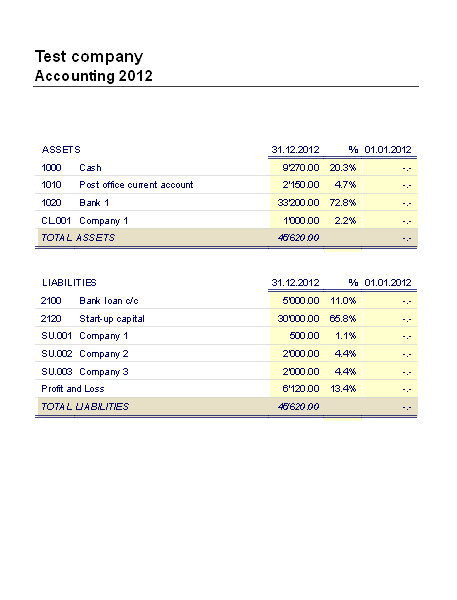

However, despite some ITIC containing bulk heterojunction (BHJ) blends demonstrating good thermal stability, ITIC devices commonly show initial burn-in losses, limiting their operational lifetime and commercial applicability.

High performances have been achieved with ITIC-based acceptors reaching efficiencies of over 14%. Since the introduction of ITIC, it has been paired with a myriad of polymers, and its structure has been modified in numerous ways, including side-chain engineering, and core or end-group modification. When compared to fullerenes, ITIC shows better performance due to its strong visible-near IR absorption, leading to a high external quantum efficiency between 350 and 750 nm. One of the most popular acceptor families is based on ITIC (3,9-bis(2-methylene-(3-(1,1-dicyanomethylene)-indanone))-5,5,11,11-tetrakis(4-hexylphenyl)-dithieno-s-indacenodithiophene), which utilizes a fused conjugated IDTT (indacenodithienothiophene) core with strongly electron-withdrawing INCN (2-(3-oxo-2, 3-dihydroinden-1-ylidene) malononitrile groups on the periphery, and out of plane 4-hexylphenyl sidechains that are used to limit π–π stacking and reduce self-aggregation in the blend. It is therefore important to understand the degradation mechanisms of these acceptors to enable the synthesis of more stable acceptor materials. However, the poor operational lifetimes of many high performing NFAs limit their use in commercial modules. Organic photovoltaics (OPVs) have seen impressive efficiency improvements in the last few years due to the development of non-fullerene acceptors (NFAs), particularly the new Y6 (2,2′-((2Z,2′Z)-((12,13-bis(2-ethylhexyl)-3,9-diundecyl-12,13-dihydro-thiadiazolothienothienopyrrolothienothienoindole-2,10-diyl)bis(methanylylidene))bis(5,6-difluoro-3-oxo-2,3-dihydro-1 H-indene-2,1-diylidene))dimalononitrile) family, which has achieved efficiencies of over 18%. The strong correlation observed between NFA quadrupole moment and photostability opens a new synthetic direction for photostable organic photovoltaic materials. This hypothesis is further tested on two other high quadrupole acceptors, Y6 and IEICO-4F, which both show impressive photostability. This influences the intermolecular interactions between NFAs and between the NFA and the polymer, which in turn affects the photostability and morphological stability. Compared to unsubstituted-ITIC, end-group fluorination results in a stronger, and demethylation a weaker, molecular quadrupole moment.

Molecular simulations reveal that NFA end-group substitution strongly modulates the electron distribution within the molecule and thus its quadrupole moment. The choice of acceptor is found to affect both the donor polymer (PBDB-T) photostability and the morphological stability of the bulk heterojunction blend. Using an assay of in situ spectroscopy techniques and molecular simulations, the photodegradation product of ITIC and the rate of product formation are identified, which correlates excellently to reported device stability, with ITIC-2F being the most stable and ITIC-DM the least. Herein, the effect of molecular structure on the photostability of non-fullerene acceptors (NFAs) is studied by changing end-group substitution of ITIC derivatives: ITIC, ITIC-2F, and ITIC-DM. Understanding degradation mechanisms of organic photovoltaics (OPVs) is a critical prerequisite for improving device stability.


 0 kommentar(er)
0 kommentar(er)
